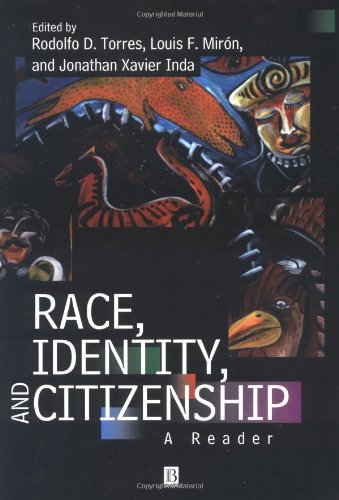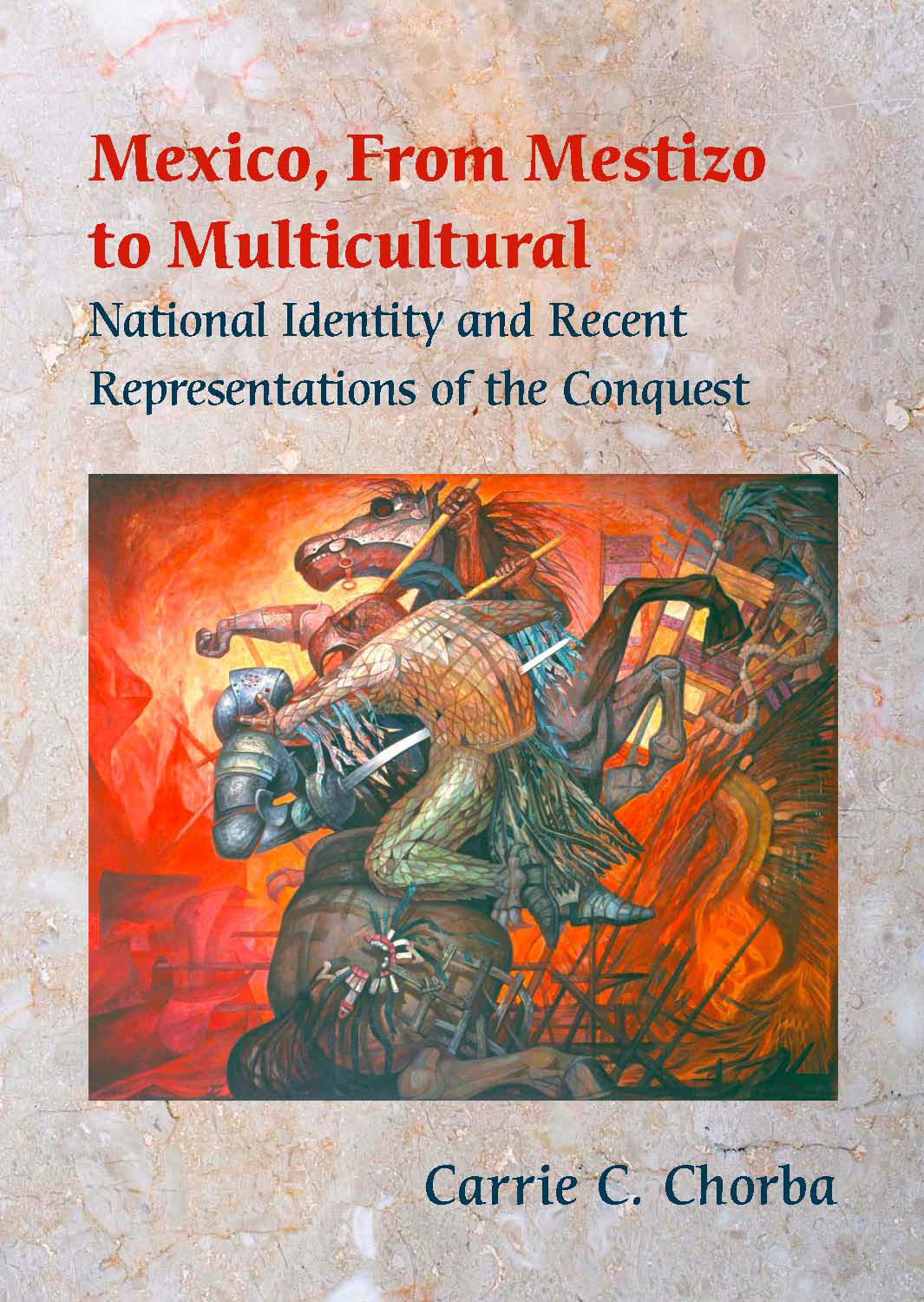Thomas Cole: Reading the Paintings from The Last of the Mohicans
James Fenimore Cooper Society Website
Oneonta College, State University of New York
July 2013
Roberta Gray Katz
DePaul University
Presented at the 18th Cooper Seminar, James Fenimore Cooper: His Country and His Art at the State University of New York College at Oneonta, July, 2011
Originally published in James Fenimore Cooper: His Country and His Art, Papers from the 2011 Cooper Conference and Seminar (No. 18), The State University of New York College at Oneonta. Oneonta, New York. Steven Harthorn and Hugh MacDougall, editors. (pp. 56-63)
In 1826-27, artist Thomas Cole produced four exhibition paintings based on the recent publication of James Fenimore Cooper’s historical novel, The Last of the Mohicans; A Narrative of 1757 (1826). As landscape compositions, the images from The Last of the Mohicans occupy a significant place in the painter’s oeuvre and in nineteenth-century European and American art. Representing some of the earliest landscapes derived from American rather than biblical, classical, or European literature, the Mohican pictures revitalized the genre of “landscape composition,” a part of the artistic hierarchy. Unlike a “landscape view,” a “landscape composition” conveyed imaginative ideas and human feelings like history painting or poetry. Yet, despite the reception of the paintings from The Last of the Mohicans as “landscape compositions,” most of the art criticism has favored the landscape over the literary, or focused on an individual painting instead of the group. Cole did not plan the Mohican pictures as a narrative series, but he depicted the dramatic climax rather than random events. Arranged narratively, the paintings include: 1. Scene from “The Last of the Mohicans,” Cora Kneeling at the Feet of Tamenund, 1827, (Wadsworth Atheneum Museum of Art, Hartford, Connecticut). 2. Landscape Scene from “The Last of the Mohicans,” 1827, (Cora Kneeling at the Feet of Tamenund. Fenimore Art Museum, Cooperstown, New York). 3. Landscape Scene from “The Last of the Mohicans,” The Death of Cora, 1827, (University of Pennsylvania Art Collection, Philadelphia, Pennsylvania). 4. Landscape with Figures: A Scene from “The Last of the Mohicans,” 1826, (Death of Magua. Terra Foundation for American Art, Chicago, Illinois).
This paper proposes that Cole enlarged the genre of landscape composition by introducing American literary subjects and settings that offer a view of the colonial past as windows to the national present (1820s). Through the lens of Cooper’s popular text, set during the French and Indian Wars, the artist re-imagined a group of frontier encounters, transforming the anxiety of the European Romantics into the turbulence of an American story, both real and fictive. As the painter portrayed the interactions of Anglo-Americans, Native Americans, and an African-American mulatto in the northeast wilderness, he suggested a distinctive land and diverse people engaged in social conflict. In doing so, Cole established his artistic identity as a literary painter in landscape compositions that critiqued the American culture they celebrated. Rather than reading these pictures as topographic views, this paper regards the literary and the landscape as a bold visual narrative that recovered colonial history or legend as a fragile part of imagining a nation…
…A Violent Captivity: Landscape Scene from “The Last of the Mohicans,” The Death of Cora, 1827
Cole probably placed Landscape Scene from “The Last of the Mohicans,” The Death of Cora and Landscape with Figures: A Scene from “The Last of the Mohicans, the death of Magua, in the area of Lake George, the site of Cooper’s novel. The artist traveled to the region in 1826, visiting Glen Falls, Fort Edward, and Fort William Henry, all of which became popular tourist sites after the commercial success of The Last of the Mohicans. For the Death of Cora, the artist portrayed several episodes on various picture planes to produce a visually moving captivity narrative of gender and sexual violence. In the story, Tamenund released Cora to Magua, who retained his captive under tribal law. As a female character, Cora moves from hope and strength at the Indian Council to near helplessness, dependence, and despair. In the lower center of the canvas, Magua is ready to scalp the young heroine. With outstretched arm and knife in hand, he hesitates, but lurking below, another Huron brave will wield the fatal blow. On her knees, Cora prays to God while high on a precipice, the noble Uncas jumps to save her, but he is too far away and too indistinct so we read his failed effort. Cole heightened the captivity by confining the heroine to a dark and narrow space. Squeezed from behind by boulders, rocks, and broken tree limbs, Cora faces a massive rock wall at the cliff’s edge on a dark and stormy day. When the picture was on view at the National Academy of Design (1827), the Exhibition Catalogue included Magua’s famous lines, offering Cora the option of life with him or death. The passage reinforced Cora’s Christian faith and fateful choice:
“Woman,” he said, “choose! the wigwam or the knife of Le Subtil!” Cora regarded him not; but dropping on her knees, with a rich glow suffusing itself over her features, she raised her eyes and stretched her arms toward heaven, saying in a meek and yet confiding voice—”I am thine! Do with me as thou seest best!”— But Cora neither heard nor heeded his demand. The form of the Huron trembled in every fiber, and he raised his arm on high, but dropped it again, with a wild and bewildered air, like one who doubted. Once more he struggled with himself and lifted the keen weapon again-but a piercing cry was heard above them, and Uncas appeared, leaping franticly [sic] from a fearful height, upon the ledge. Last of the Mohicans, Vol. II, p. 266.
The Death of Cora recalls history paintings of sex, violence, and captivity, such as Titian’s Rape of Europa (1559-1562), or Nicolas Poussin’s The Abduction of the Sabine Women (1634-35), or Jacques Louis David’s The Intervention of the Sabine Women (1799), or the Death of Jane McCrea (1804) by American artist John Vanderlyn, or later Cole’s attempted rape scene in the Destruction from the Course of Empire series (1836). Captivity narratives served various purposes. At the end of the revolutionary eighteenth century, captivity images of cages and prisons served to dramatize liberty by showing constraint. American captivity narratives functioned as a form of interaction crossing gender and cultural boundaries, and they varied in the alternatives men and women sought. In the Narrative of the Life of Mrs. Mary Jemison (1824), purportedly a real life story, the colonial captive Mary Jemison chose to remain with the Seneca Indians rather than return to her own society. On the other hand, the fictive Cora, who finds Magua’s offer untenable, relinquished herself up to God and death. Nineteenth-century Americans could appropriate a captivity narrative to promote their own ambitious program of Manifest Destiny. Pictures of American Indians scalping white women warranted, in the mind of some people, policies of Indian removal. Frontier violence could be real or imagined, in the colonial or national period, but “savage” brutality threatened the safety of women, civilization, and national progress.
The Death of Cora complicated a clear reading of American identity by suggesting Cora’s significant but unstable role as an African-American mulatto. Bound by gender and class, Cora and Alice share the same father Lieutenant Colonel Munro. But, Cora was born to a West Indies mother “only remotely descended from black slaves.” While she belonged to an Anglo-American culture, Cora also identified with her black heritage, and she told Tamenund: the curse of my ancestors has fallen heavily on their child (II. XII. 214). Cole placed Cora in the near foreground, where we see her pale complexion, long black hair, slim figure, and white dress, like the dress of her half-sister Alice. At least one Cooper critic thought the author might have changed the tragic ending to an assimilated (tri-racial) match between Cora and Uncas, “as this sort of arrangement is coming into fashion, in real life, as in fiction.” In The Invisible Line, law professor Daniel Sharfstein argues that “people of African ancestry have crossed the color line and faded into the world around them,” throughout American history. At the same time, mixed families “did not escape the nation’s collective belief in a line separating black from white.” Sharfstein opens up the possibilities of considering the fluid yet tight racial boundaries, and the unstable nature of a fixed and unchanging identity…
Read the entire article here.


